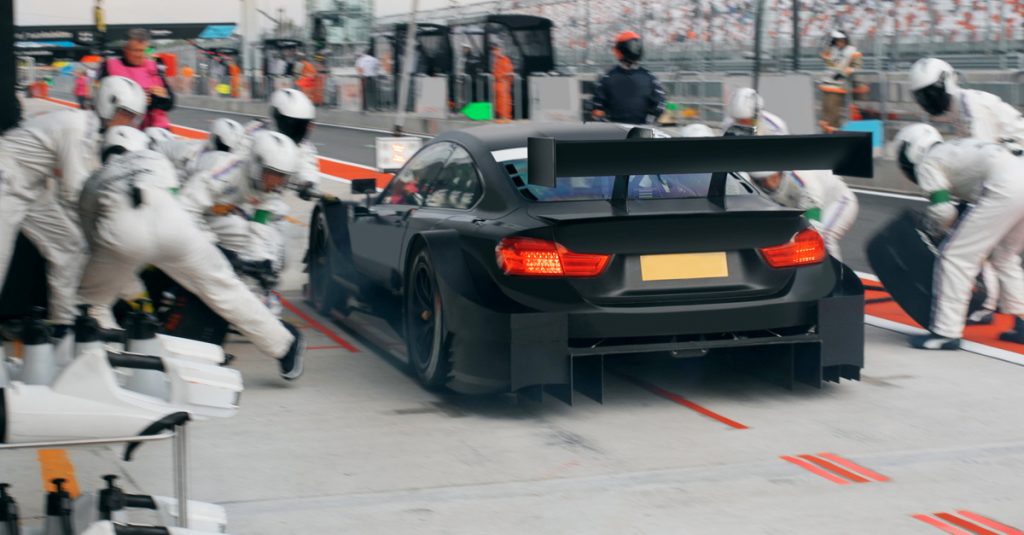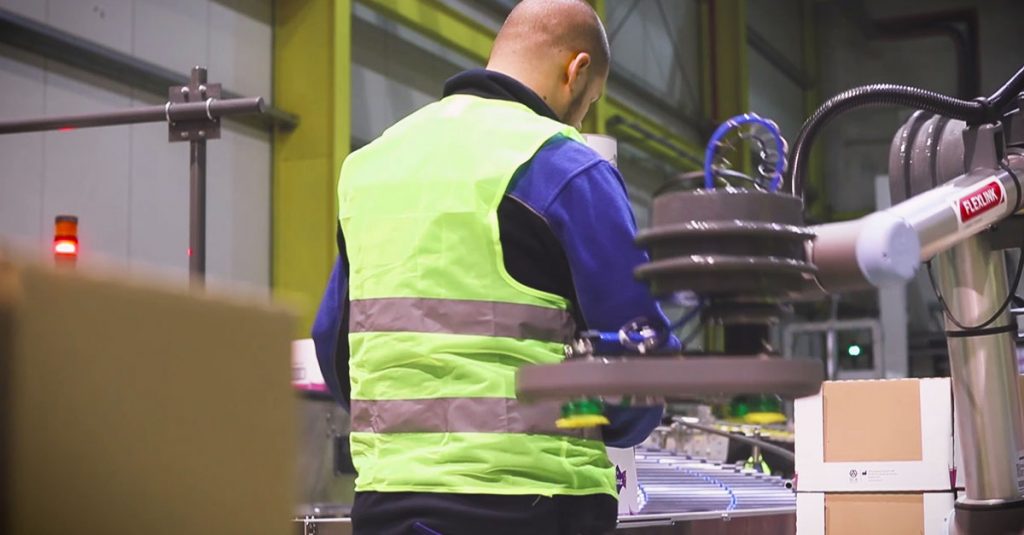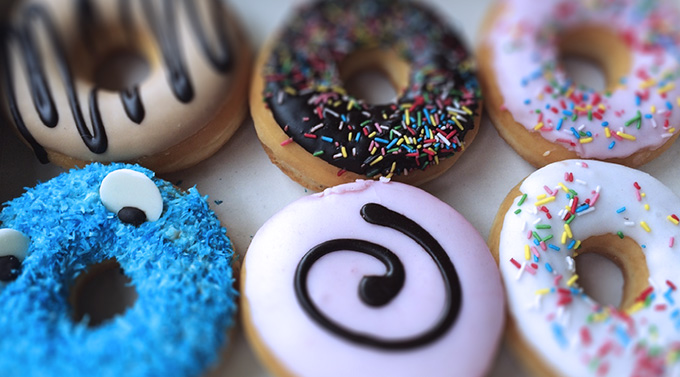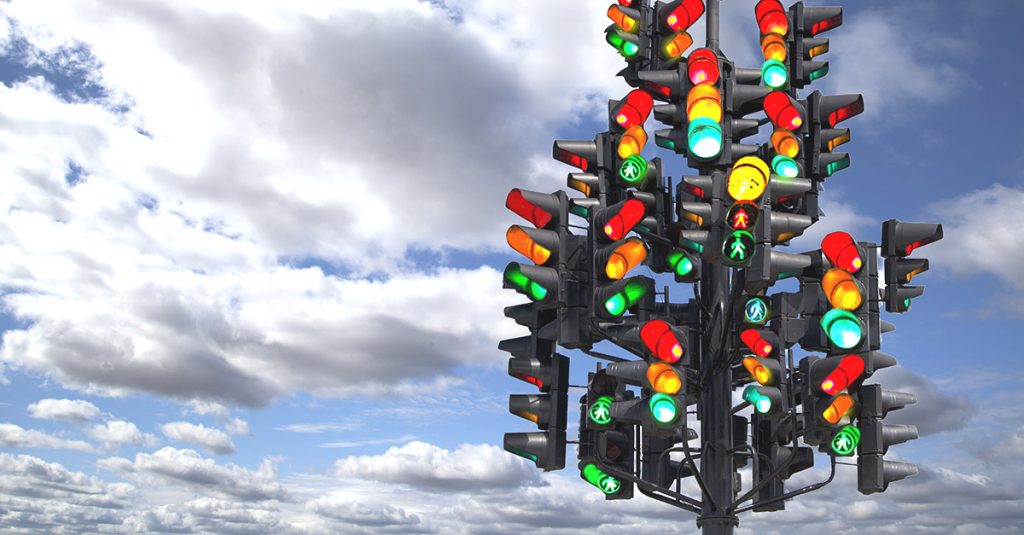
Using robot grippers in the packaging industry allows for many production processes and applications to run more smoothly, and with greater flexibility and stability. Also, many heavier and/or potentially hazardous duties can be performed by robots with grippers, instead of humans. Grippers are now capable of carrying significantly heavier payloads than in the past and they can be customized more easily, cheaply and quickly, especially due to 3D printing technology.
What can grippers do, and how are they used?
The main task of a gripper is to pick up a product or item and hold it steady. Many grippers can be modified to handle several different products and product sizes. The suitability of a gripper is ultimately decided by the product or item it is supposed to handle, and more specific factors such as the material, shape, dimensions, weight, and center of gravity.
Aside from grippers having to avoid impairing the quality of the product they are handling, it is also essential to keep the area surrounding the gripper and the robot as clear as possible. The gripper and the robot arm on which it is attached must be able to perform their tasks without colliding with or doing damage to human workers, equipment, products and cartons that have already been palletized.
Pneumatic and electrical grippers
Grippers can generally be divided into two major categories: pneumatic grippers and electric grippers (both with several subgroups). Pneumatic grippers remain the more common of the two variants, but electric grippers are becoming more precise and efficient.
Crucial gripper design features
For the gripper to do its job safely, there are certain design features of particular importance.
- The gripper should be as light as possible…
- … but also sturdy and stable, as it must not bend or start to wiggle due to the weight it is carrying.
- The gripper must be able to pick up different types and sizes of products.
- The gripper must be safe for collaboration mode (thus be able to operate without a fence). Using vacuum (like with suction cups) is a safer solution compared to using moving mechanical parts.
- The gripper should not have sharp edges. Soft foam can be used to lessen the risk of damage from sharp-edged grippers.
- The bigger the gripper, the greater the force it exerts and the faster the movement to the furthest point of operation from the robot base. This means that very big grippers (those that are pallet-sized and used for picking up interlayers) will have to move more slowly than smaller grippers.
Ensuring smooth changeover time

The gripper design should be as flexible as possible so it can handle different product shapes and/or SKU combinations. An innovative design, including a smartly designed picking point, can enable multiple pick-and-place operations with a high degree of flexibility.
If an entire gripper change is needed, the design should include quick changeover tools to save valuable production time. The best designs allow the operators to easily make the exchange with just a short introduction, or even be handled by the robot itself.
Using grippers in the food and electronics industries
Grippers can be used in any kind of production environment where there is a need for picking up, holding and/or placing products. However, different industries can have specific requirements regarding (primarily) hygiene and safety that both the grippers and the robots have to meet. Two industries where these demands are particularly high are food and electronics. With electronics, grippers need to fulfill certain special requirements concerning electrostatic discharge, as this will damage sensitive products.
In the food industry, different hygiene standards are applied to grippers and robots, depending on their position in the production process. More specifically, it depends on whether the robots and the grippers come into direct contact with the food during its preparation, if they are involved in the packaging of it, or whether they only handle food that has been placed and sealed inside its container.
A few words on EU regulations and grippers
The European Union issues many directives that member states must follow. Every aspect of machines used in industrial production processes has special directives. Grippers must follow the 2006/42/EC machine directive and meet the requirements for the particular machine on which they will be installed.
Regulations for machines differ depending on whether they are complete machinery or partly completed machinery (according to 2006/42/EC). The former are devices that are ready to use and 100% compliant with the machine directive. They must be CE certified and the manufacturer has to provide a declaration of conformity. Partly completed machinery requires additional parts and devices to become completed, and can – but does not have to – fully comply with the machine directive. The 2006/42/EC machine directive does not require CE certification, but the manufacturer must provide a declaration of incorporation as well as for instructions on how to use the partly completed machinery with other machinery and devices to achieve complete machinery. However, despite being only partly completed machinery, grippers can still be CE certified as they may still have to follow other directives, such as the 2014/30/EU EMC directive.
EU standards are high, so companies following these will often indirectly meet corresponding Asian and American standards as well.
3D printing opens up many new opportunities for robots and grippers
The flexibility and speed of 3D printing provide an ability to create solutions that make it easier to meet varying, often highly specific customer demands, and to do so at an affordable production cost. In the context of grippers, 3D printing is very useful for creating protective shrouds, and similar means of shielding off the robot. And while the grippers themselves are not made using 3D printing, various components, which may aid the grippers and robots in their work can be manufactured this way.
An even greater advantage is the ability to make objects with very particular shapes and dimensions, for use in very special or even unique applications. While this could certainly be achieved before the introduction of 3D printing, it was a much more expensive and time-consuming process. The comparative ease with which these customized components, objects with non-standard measurements, and prototypes, can all be made using 3D printing is very beneficial.
In the future, we can expect to see grippers becoming even more flexible and multifaceted. The expectations of customers for the variety of products – and product sizes and payloads – that grippers should be able to handle is constantly increasing. It is also likely that we will see grippers made from even lighter materials. Aluminum and steel are two of the most commonly used materials in gripper manufacturing today and are unlikely to disappear anytime soon. However, we will probably see the introduction of other light, strong, resilient and economical manufacturing materials in the near future.







Leave a Reply